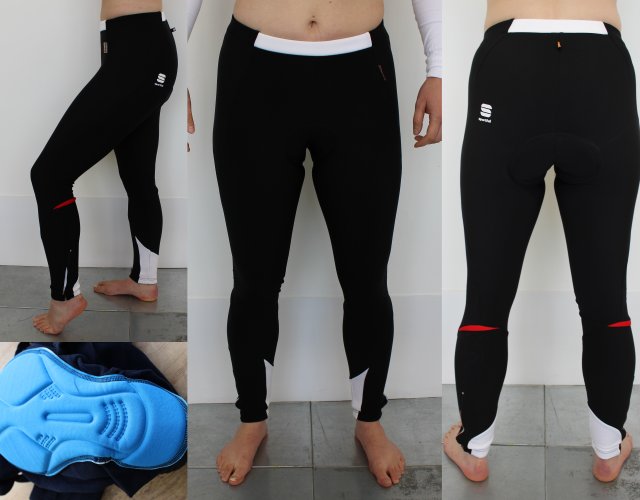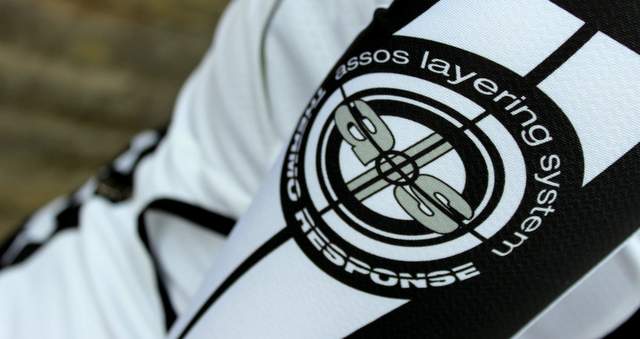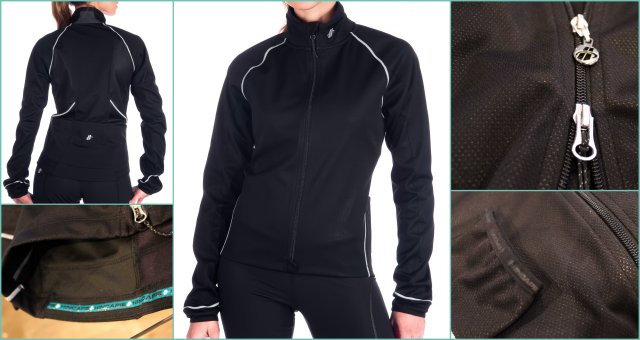My first thoughts on donning the Louise Garneau Course helmet were ‘wow, that’s light!’
This is partly due to the fact that I usually wear MTB helmets or commuter helmets, which tend to be bulkier and heavier, so a good road cycling helmet was going to feel light by comparison. However it’s mostly because it is indeed a very light helmet – weighing in at only 250g or 8.8oz.
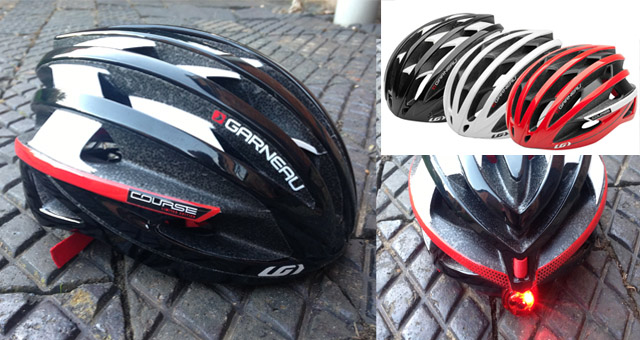
My second thoughts were about how comfortable the fit was. Excellent quality X-static XT2 padding, which is also antimicrobial (might help avoid forehead spots!) felt snug, the shape felt secure all around and over my head, and the chinstrap kept everything in place.
A great retention system – Garneau’s Spiderlok PRO II – is tightened and loosed by a circular ratchet at the base of the skull, and you can adjust where this sits. You can easily tighten and loosen the helmet with the ratchet, even one handed, for on the go adjustments.
I have noticed I get a sore neck on longer road rides, and it’s been suggested that a lighter helmet might, so with that in mind I went on a few several-hour spins, and I have to say, I did notice the difference it made. A much less achy neck afterwards was a pleasant change.
Another nifty feature of this helmet is the small, circular red light that attaches to a Velcro patch on the circular ratchet. This has a central on-off button, and it’s easy to turn on and off. It can run a steady light or a selection of pulsing and flashing options and it’s nice and bright – a great addition for autumn/winter riding, as it will increase your visibility.
The Velcro is strong and the light hasn’t come off yet, despite several rides and being stowed in a bag. If you don’t fancy using the light, there is a little cover that sticks over the Velcro so it’s out of the way.
I tried the size small, which is designed for a 52 – 56cm head. Mine is 53.5, and the helmet fit perfectly – I would say the helmets size true.
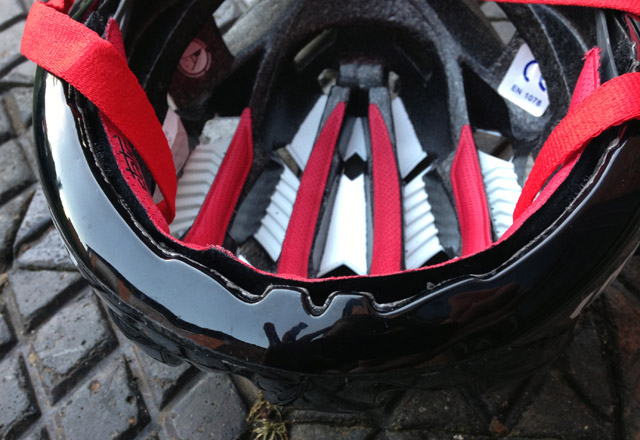
There is excellent ventilation on this helmet; 31 vents keep a steady and noticeable flow of air over the head. There are a few channels right from the front of the helmet, which let the air in nicely.
I was initially concerned this might affect comfort, as their location over the forehead area of the helmet might make for pressure points where the ridges were, but in practice I didn’t notice any uneven pressure at all. As mentioned, this is one of the comfiest helmets I’ve worn.
Another feature of the helmet, which is a definite plus on the safety side of things, is the integral plastic ring around the base of the helmet; this adds strength, reinforcing the helmet for added protection.
For me, the downside of the helmet was the way it looked on. Because it’s very low-profile, and fits closely round the head in quite a spherical way – even at the back – it looked odd on my head.
This close-fitted cut at the back is a feature of the aerodynamics of the helmet, and helps draw air through the helmet. This is definitely a plus, but in practice made my head look at bit funny. This is no reflection on the helmet or it’s performance, just a question of personal preference. We are all different, after all!
VERDICT
A comfortable light weight helmet with excellent ventilation, and some great additional safety features like the Spiderlock Vision light that fits on the circular Spiderlock ratchet, and the reinforced helmet base.
PROS
– Excellent ventilation
– Comfortable fit and retention system
– Useful optional rear helmet light
CONS
– Shape might not suit everyone; worth trying on
Price: RRP £159.99 (On offer currently at £119.99)
Sizes: S, M, L
Colours: Black, White, Red
More info: Louis Garneau
Available from: Evans Cycles
What Louis Garneau say about the Course helmet:
The Course Helmet bridges aerodynamics and ventilation for a practical solution for everyday cyclists. By superiorly achieving the utmost in aerodynamics, ventilation, comfort, safety, and design, the Course Helmet is for sure, a winner. Computational Fluid Dynamics Software enabled us to simulate the aerodynamic performance of several helmets on the market. Our analysis determined that it was possible to optimize performance by maximazing the frontal surface of the helmet. In order to reduce this highest pressure zone on the helmet, the front, frontal openings were designed to optimize air follow and evacuate air internally to the back of the helmet. An aerodynamically designed inner-nerve system molded inside of the EPS liner to force air inside the helmet, circulate the rider’s head, and evacuate to through the back of the helmet. Internally molded evacuation channels move the airflow, cool the head, and eliminate moisture. The Course Helmet was designed directly on the head of a rider in a cycling

